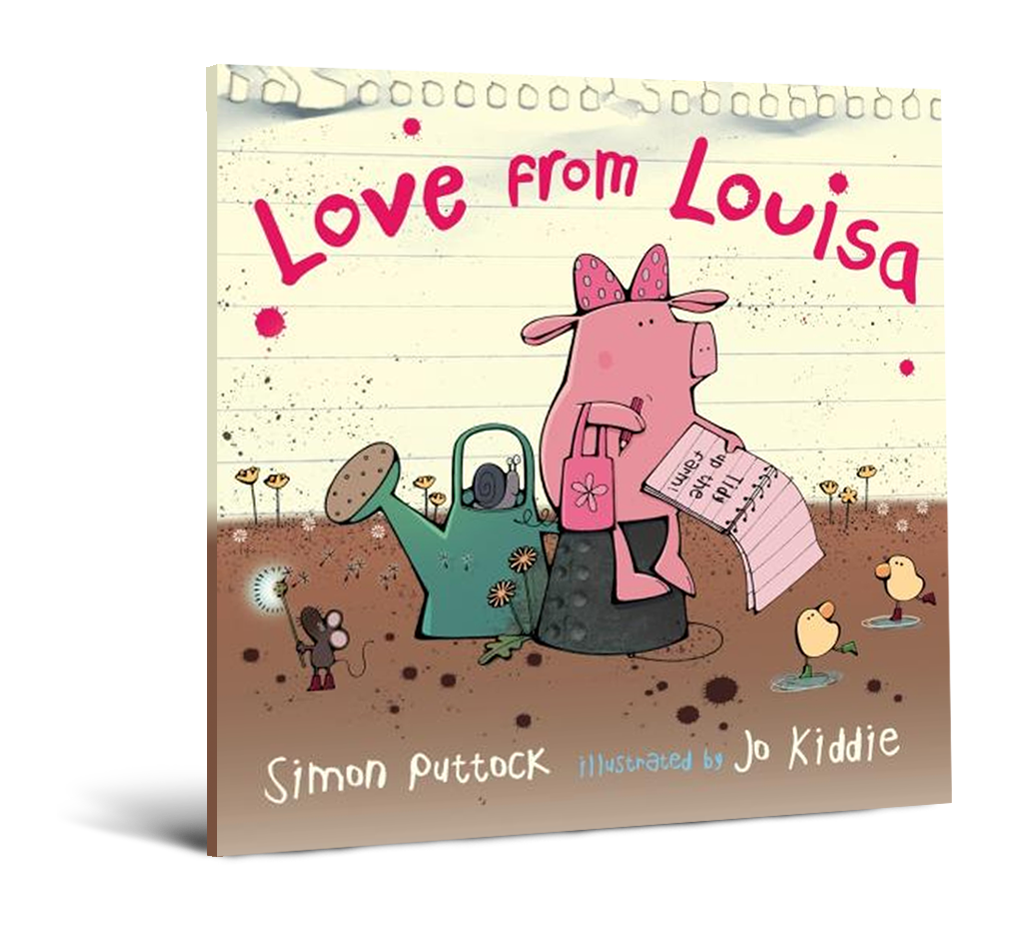Five Books, Five Literacy-Building Ideas!
One of the most important things you can do to prepare your child for school success is to help them develop early literacy skills. These are the skills your child needs to learn before they can start to read and write. Many studies have shown that the stronger the foundation of early literacy skills a child has, the better their reading and writing skills will be later on.
Here are some fun tips for building the five critical early literacy skills your child needs to learn:
- Oral language
- Vocabulary
- Story comprehension
- Print knowledge
- Sound awareness
1. Oral Language
When you pause during book reading to talk about the story and what interests your child, you provide them with lots of opportunities to think and talk about the story, which builds their comprehension and oral language skills – key foundations for literacy success.

Tip: Ask questions about the things that interest your child
Slinky Malinki by Lynley Dodd is about a sneaky cat who steals things from neighbours during the night. Observe your child closely to see how she reacts to the things Slinky does, and then make a comment or ask a question. For example, if your child laughs when Slinky steals a string of sausages, you could ask, “Where do you think he’s going to put all those sausages?”
Remember to be enthusiastic and wait expectantly for your child to respond.
2. Vocabulary
The more words children understand as preschoolers, the better their reading comprehension will be later on. You can build your child’s vocabulary by stressing new words, talking about what the word means and relating it to your child’s experience.

Tip: Introduce a new word by relating it to your child’s experience
Love from Louisa by Simon Puttock is about a disgruntled pig who threatens to leave her farm if the farmer doesn’t clean it up. This book provides a great opportunity to help your child learn a new word: ‘disgruntled’.
Explain what the word means by using simpler words your child already knows (for example, “Disgruntled’ means she’s really unhappy and grouchy”) and relating the word to your child’s experience (for example, “Do you remember how disgruntled you were when we had to cancel our trip to the zoo because it was raining?”). Remember to stress the word as you say it.
3. Story Comprehension
Talking about the important parts of a story (for example, the characters, setting, problem, actions, and resolution) makes it easier for your child to make sense of the story, and it prepares them for understanding the stories they'll read on their own later.

Tip: Get your child thinking about the problem in the story
Mmm, Cookies by Robert Munsch is a story with a big problem: Christopher is making cookies out of clay and giving them to people to eat! Encourage your child to think about the problem by asking him what he would do in a similar situation. For example, “Oh, no, Christopher gave clay cookies to his parents and now he might try to give some to his classmates! What would you do if Christopher gave you a clay cookie?”
4. Print Knowledge
There are many things your child must learn about print before they can read and write on their own. For example, they’ll need to know that print represents spoken language and that print is read from left to right. As you read with your child, you can point out and talk about some of these print ideas to help your child learn.

Tip: Point out print for your child
I’m a Frog! by Mo Willems is about two friends, Piggy and Gerald, who discover how much fun it is to pretend. Since this book is full of speech balloons, it gives you many opportunities to talk about how the text in the balloons shows what the characters are saying. Point to a speech balloon and say, “Look, we read this to find out what Piggy is saying.”
5. Sound Awareness
To be prepared to read, children must understand that words can be broken down into smaller sounds, and that letters correspond to certain words. Sound awareness prepares your child for reading by making it easier for them to sound out the words they'll read later on.

Tip: Talk about the sounds that letters make
The Gruffalo by Julia Donaldson is about a clever little mouse who outsmarts all the other animals in the forest with the story of a big scary “gruffalo”. This book offers great opportunities to build your child’s sound awareness because it’s full of alliteration (back-to-back words beginning with the same sound).
Point out two words that start with the same sound and ask your child to think of another word that starts with that sound. For example, “Look, ‘scrambled’ and ‘snake’ both start with the sss sound. Listen. Ssscrambled sssnake. Can you think of another word that starts with the sss sound?” Remember to talk about the sound the letter makes rather than the name of the letter.
What Else Can You Do to Help Your Child Learn?
Whenever you spend time sharing books with your child, you’re helping to build their early literacy skills. But frequent book reading is just one part of helping your child learn – exactly how you share the book also makes a difference.
Use our free Book Reading Checklist to take a look at how you’ve been sharing books with your child and what other things you can do to maximize their learning.
The strategies in this article are drawn from the Hanen guidebook, I’m Ready!™ How to Prepare Your Child for Reading Success. Based on the most current research, I’m Ready! provides you with practical tips for building your child's early literacy throughout the day.
